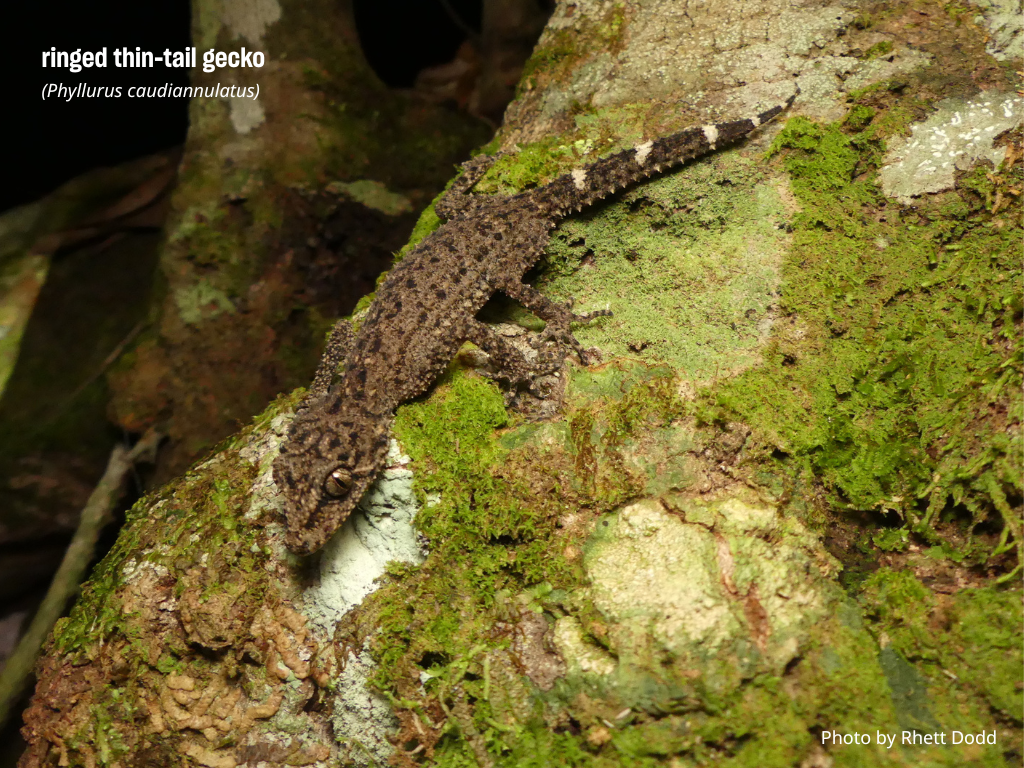CANBERRA (November 27, 2025)—Humane World for Animals says Federal Environment Minister Murray Watt’s reforms to the Environment Protection and Biodiversity Conservation Act, amended in negotiation with the Greens, should give Australian wildlife a “fighting chance” for the future. Humane World for Animals Australia’s Campaign Director, Nicola Beynon, said: “The reformed laws must be a new chapter for our environment and reset the priority that is given to protecting nature in decision making. We...
30 October, Sydney Australia – Humane Society International Australia (HSI) has released Licence to Kill, a report that reveals how licenced private landholders are killing native Australian wildlife at scale. The report shows that licensed private landholders across Australia were lawfully allowed to kill at least 1.2 million native animals in 2023. The charity’s detailed investigations confirm that killing at this scale is the norm.
Between 2021—2023, licences were issued to allow the killing of 4,579,839 native Australian animals.
In 2023, the animals allowed to be killed included 580,695 native birds such as corellas, cockatoos, lorikeets, swallows, and black ducks, 419,120 kangaroos and wallabies, 3,558 wombats, and 2,050 brushtail possums. Added to this toll every year is the unlimited number of Bennett’s wallabies, Tasmanian pademelons, and brushtail possums that are allowed to be killed in Tasmania—which has been reported as 656,963 animals for 2023.
The report highlights significant gaps in current legislation that enable the widespread persecution of Australia’s native wildlife, including a failure to prioritise non-lethal solutions, and a lack of transparency and public records regarding animals killed under private landholder licences.
The report raises concerns that the total number is even higher, given the exemptions from licensing and reporting requirements, and poor oversight. Currently, only New South Wales and Victoria provide public information on licences, but even this is deficient. There are significant data gaps in all states and territories.
The Australian Capital Territory and Tasmania are the only two states or territories that released information on the number of native animals that had been reported as killed because of the licences.
Tasmania is the worst persecutor of native animals across Australia. New South Wales allowed the second largest number of native animals to be killed in 2023 (657,203 native animals), followed by Queensland (299,346) and Victoria (119,501).
Human-wildlife conflicts—competition over resources like grasslands and water, property damage, or threats to livestock—is the primary justification for these killings. The common methods used—such as shooting, trapping, and poisoning—cause undue suffering to animals, with unrecorded impacts on ecosystems and threaten non-targeted animals.
The Licence to Kill report calls for comprehensive reforms to tighten licensing processes to make it harder to obtain licences, ensure greater public transparency, and encourage wildlife co-existence and non-lethal conflict management practices to protect Australia’s unique native wildlife biodiversity.
Evan Quartermain, from Humane Society International, says, “Our findings tell a story of wildlife persecution on an incomprehensible scale. More than one million animals—from wombats to wallabies—are allowed to be killed in inhumane ways each year through lenient licencing systems.
“We were surprised at how lenient Australia’s licencing systems are when it comes to giving out kill licences to landholders. Applicants can secure licences with little to no evidence of damage to their property.”
The figures highlight the urgent need for legislative reform. The current lack of transparency, weak regulatory frameworks, and the failure to prioritise humane alternatives are leading to the legalised killing of our precious wildlife on an industrial scale.
“While we understand the challenges landholders face, we are calling for governments to prioritise the transition to humane, non-lethal, often more effective, long-term solutions. Australia needs to move away from killing as the default solution to wildlife conflicts and work harder to achieve co-existence with our native wildlife.
“Many Australians will be shocked by how many native animals are legally allowed to be killed every year. We encourage anyone with an interest in Australian wildlife to view the report and find out more via the HSI website.”
HSI Australia has engaged with state and territory governments to relay the findings of their report. Each jurisdiction has been provided with comprehensive, tailored recommendations to prioritise human-wildlife coexistence and improve their licencing framework.
The organisation is calling on the public to sign their petition to send a message to their state or territory calling for the recommendations to be implemented.
ENDS


